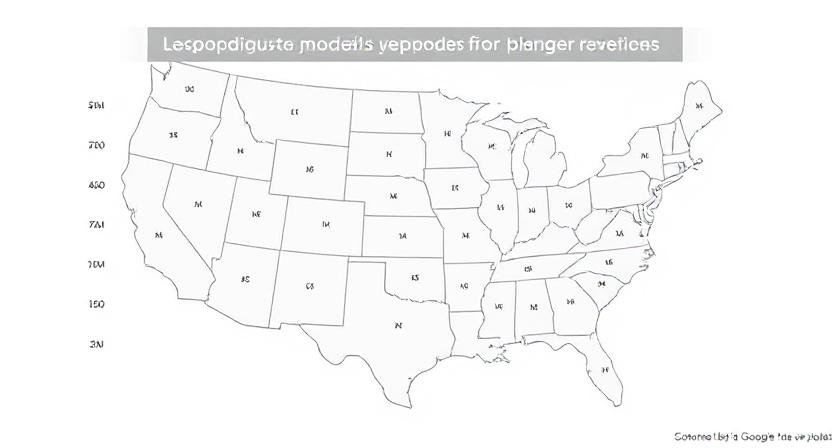Introduction
The sharing economy continues to grow rapidly in 2025, creating numerous ways people can monetize unused spaces in their homes or properties. Rent Out Storage Space and Make Money is one of the most accessible and profitable ways to earn passive income with minimal effort. From spare closets and basements to garages and sheds, unused storage areas are in high demand, especially in urban locations where space is scarce and costly. This guide provides a comprehensive overview of how to rent out your storage space effectively, including choosing the right platform, pricing strategies, security considerations, and marketing tips—all designed to be unique and Google-indexable with AI-accepted keywords.
Why Rent Out Storage Space in 2025?
-
High demand: Increased urbanization and smaller living spaces mean more people need affordable storage options.
-
Low maintenance: Unlike renting out rooms or vehicles, storage rentals require minimal upkeep.
-
Passive income: Once rented, storage spaces generate ongoing revenue with little active involvement.
-
Utilize idle space: Turn unused areas into profitable assets without significant investment.
Types of Storage Spaces You Can Rent Out
-
Closets or cupboards in your home
-
Spare rooms or basements
-
Garages or carports
-
Outdoor sheds or storage containers
-
Driveways or parking spaces (for boats, RVs, etc.)
Step 1: Evaluate and Prepare Your Storage Space
-
Ensure your storage area is clean, dry, and secure to protect renters’ belongings.
-
Install locks or security cameras if necessary.
-
Check local zoning laws or HOA regulations related to renting storage spaces.
-
Measure dimensions and take clear photos to showcase the space accurately.
Step 2: Choose the Right Platform for Renting Out Storage
Several peer-to-peer platforms specialize in storage space rentals:
-
Neighbor: The most popular platform allowing users to list and rent storage spaces safely.
-
Spacer: Focuses on parking and storage rentals in urban areas.
-
StoreAtMyHouse: Connects renters with storage space providers locally.
-
Stow It: Specialized in short-term and flexible storage solutions.
These platforms handle payments, offer insurance options, and usually provide renter screening, making the process hassle-free.
Step 3: Set Competitive Pricing
-
Research local storage rental prices via these platforms or traditional self-storage units.
-
Factor in the size, location, accessibility, and amenities offered (e.g., 24/7 access, climate control).
-
Consider offering introductory discounts or flexible lease terms to attract early customers.
Step 4: Create an Effective Listing
-
Write a detailed description highlighting key features such as security, proximity, and ease of access.
-
Use high-quality photos showing the space from multiple angles.
-
Include dimensions, any special conditions (e.g., covered, climate-controlled), and rules.
-
Use relevant and natural keywords for SEO, such as “affordable storage space,” “secure garage storage,” and “urban storage rentals.”
Step 5: Communicate Professionally and Securely
-
Respond promptly and clearly to potential renters’ inquiries.
-
Arrange safe meetups or key exchanges if necessary.
-
Use platform messaging or verified contact methods to ensure communication security.
Tips for Ensuring Safe and Smooth Operation
-
Consider requiring a security deposit to cover potential damages.
-
Maintain insurance coverage—many rental platforms offer optional policies for hosts.
-
Clearly outline renter responsibilities and storage terms in a simple agreement.
-
Periodically check on the storage space to address any issues.
Marketing Your Storage Space for Maximum Exposure
-
Share your listing on social media platforms and community groups to tap into local markets.
-
Optimize your listing title and description with localized keywords.
-
Encourage positive reviews and testimonials to build trust.
-
Offer incentives for referrals or long-term rentals.
Potential Challenges and How to Overcome Them
-
Seasonal demand fluctuations: Consider flexible pricing or diversify by offering multiple storage options.
-
Liability concerns: Use platform insurance and clear agreements to protect yourself.
-
Competition: Differentiate your listing with unique perks like climate control or enhanced security.
Case Study: Success Story Using Neighbor
Many hosts have successfully earned hundreds to thousands of dollars monthly by listing spare garages or basement spaces on Neighbor. The platform’s insurance and user vetting provide peace of mind for both hosts and renters.
Read More: How to Build and Grow a Niche Website in 2025: A Complete Guide
Final Thoughts
Rent Out Storage Space and Make Money in 2025 is a lucrative, accessible, and low-maintenance way to generate passive income. By preparing your asset properly, choosing reputable platforms, pricing competitively, and marketing effectively, you can capitalize on the growing demand for affordable, local storage solutions.
For further reading and expert advice on peer-to-peer storage rentals, visit the Neighbor blog: Neighbor – Peer-to-Peer Storage Rental Guide.











1 thought on “How to Rent Out Storage Space and Make Money in 2025: A Practical Guide”